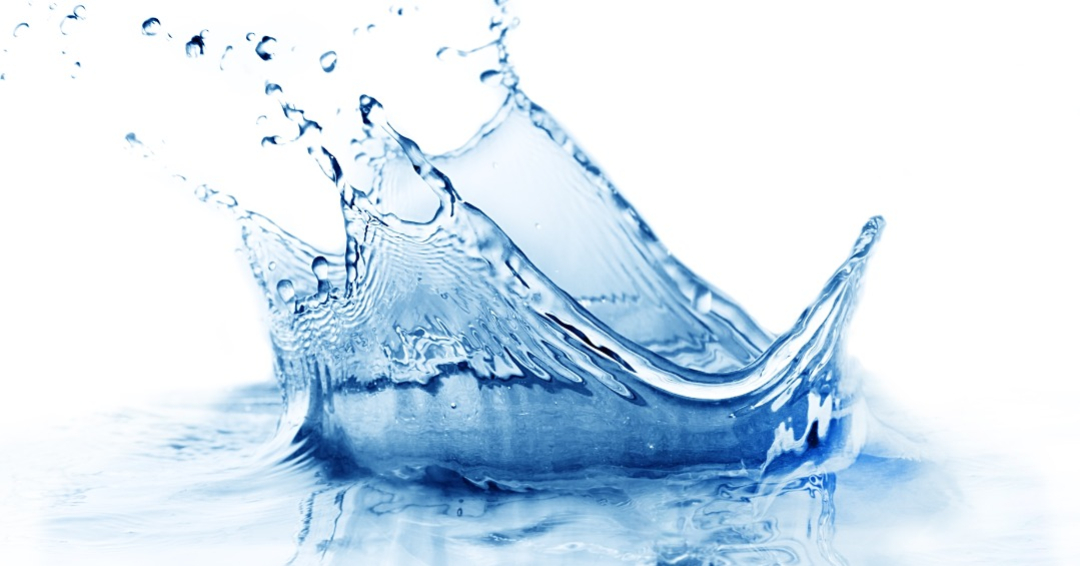Market Insights from Bluefield Research
Amid yet another acute summer drought in southern Europe, a combination of factors, including the first-ever EU regulation for wastewater reuse, resilience, and recovery funds (RRF) influx for new projects, and a growing concern over water scarcity, propel investments in municipal wastewater reuse across Europe. This revelation comes from a recent report by Bluefield Research.
“Traditionally, Spain dominated the European market by reusing treated municipal wastewater for agriculture. However, the landscape is evolving, and now, ten other European countries are expanding their wastewater reuse initiatives,” reveals Zineb Moumen, an analyst at Bluefield Research. According to Bluefield’s report, titled “Europe Municipal Wastewater Reuse: Market Trends and Forecasts, 2023–2030,” spending on municipal reuse in Europe is predicted to soar from €140 million (US$154 million) in 2023 to approximately €360 million (US$396 million) in 2030, reflecting a remarkable CAGR of 16% per annum.
Moumen underscores the alignment of various resource, policy, and economic factors driving Europe’s municipal reuse market. “While combating drought with reuse has been customary in southern Europe, what’s novel now is the emergence of reuse as a viable supply solution as far north as the U.K., extending to both industrial and environmental applications.”
Investment Landscape and Funding Mechanisms
The policy environment has notably become more favorable for reuse due to the region’s emphasis on sustainable water management solutions, environmental objectives, and the EU’s circular economy push. Governments at both the regional and national levels have set out comprehensive strategies for wastewater reuse. Portugal aims to have 30% of total municipal wastewater volumes reused by 2030, while France has a target is 10% by the same year. Moreover, on June 26, 2023, the European Union (EU) passed its inaugural EU-wide legislation to standardize wastewater reuse practices.
Emphasizing the improved investment landscape, Moumen highlights, “The EU’s adoption of a public-private partnership funding mechanism is pivotal for securing financing for reuse projects.” This change is anticipated to significantly increase investment in filtration and disinfection technology, as well as associated infrastructure like pipes and storage tanks.
The southern European region, which experiences heightened water stress, has witnessed the most significant strides in the reuse market. Mediterranean countries are leading the way in adopting schemes that harness treated municipal wastewater, setting benchmarks that guide less mature markets.
Spain stands at the forefront of Europe’s reuse endeavors, owing to its persistent water stress and substantial agricultural water demand. The arid Murcia region, accounting for 41% of the country’s agricultural exports, has achieved an impressive 98% recycling rate for treated municipal wastewater. Beyond Spain, other nations such as France and Belgium show substantial potential and are working towards reuse goals supported by robust policy frameworks.
While agriculture accounts for 55% of reclaimed water volumes in Europe, a growing emphasis on sustainability is prompting municipalities to venture into urban-related reuse projects. These include irrigation of public parks, recreational spaces like stadiums and golf courses, and even street cleaning using reclaimed wastewater.
Moumen highlights the shifting perception of treated municipal wastewater: “Policymakers, farmers, industrial water users, and citizens now see this resource as valuable, not to be squandered—especially during a drought. Reuse is no longer a last resort for crises but a preferred option to bolster sustainable water strategies. This transition is already evident in southern Europe, and our research suggests that reuse investments will gather momentum across Europe over the next five to seven years.”
